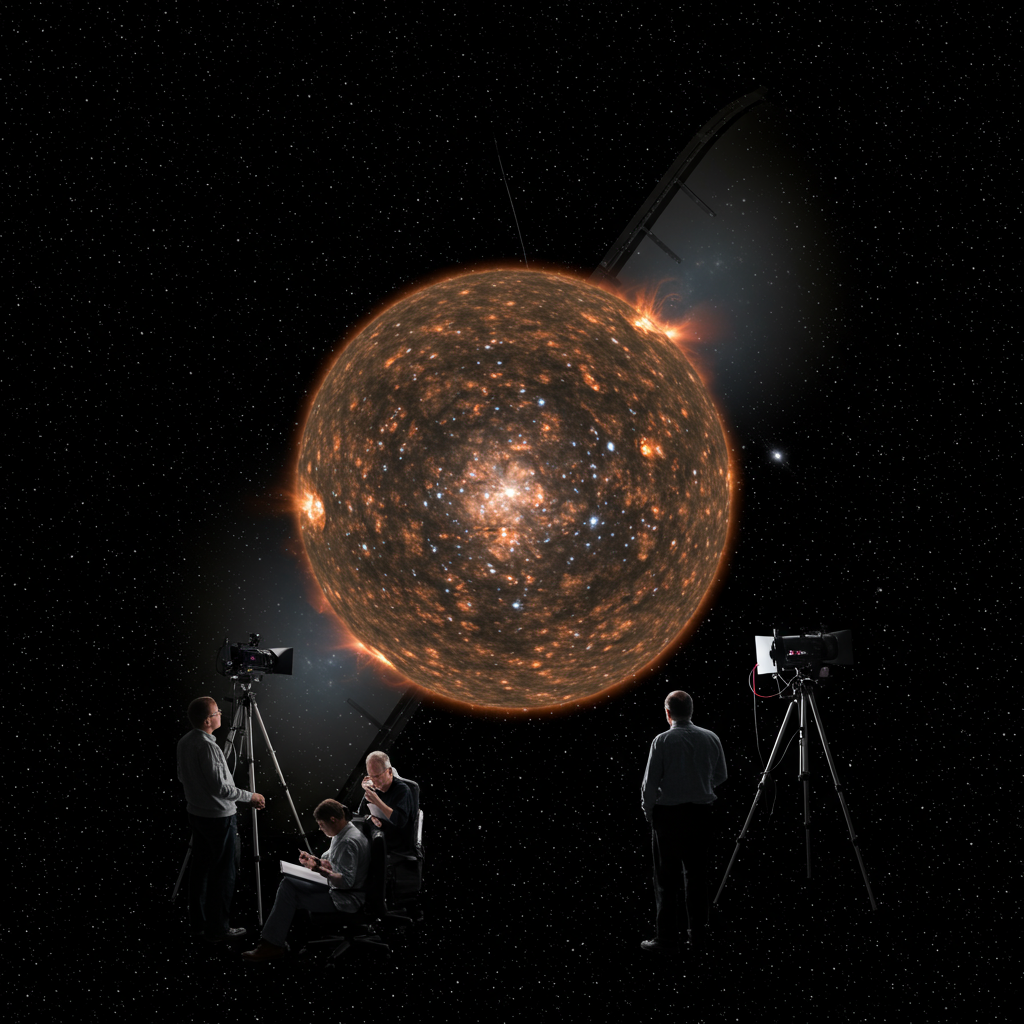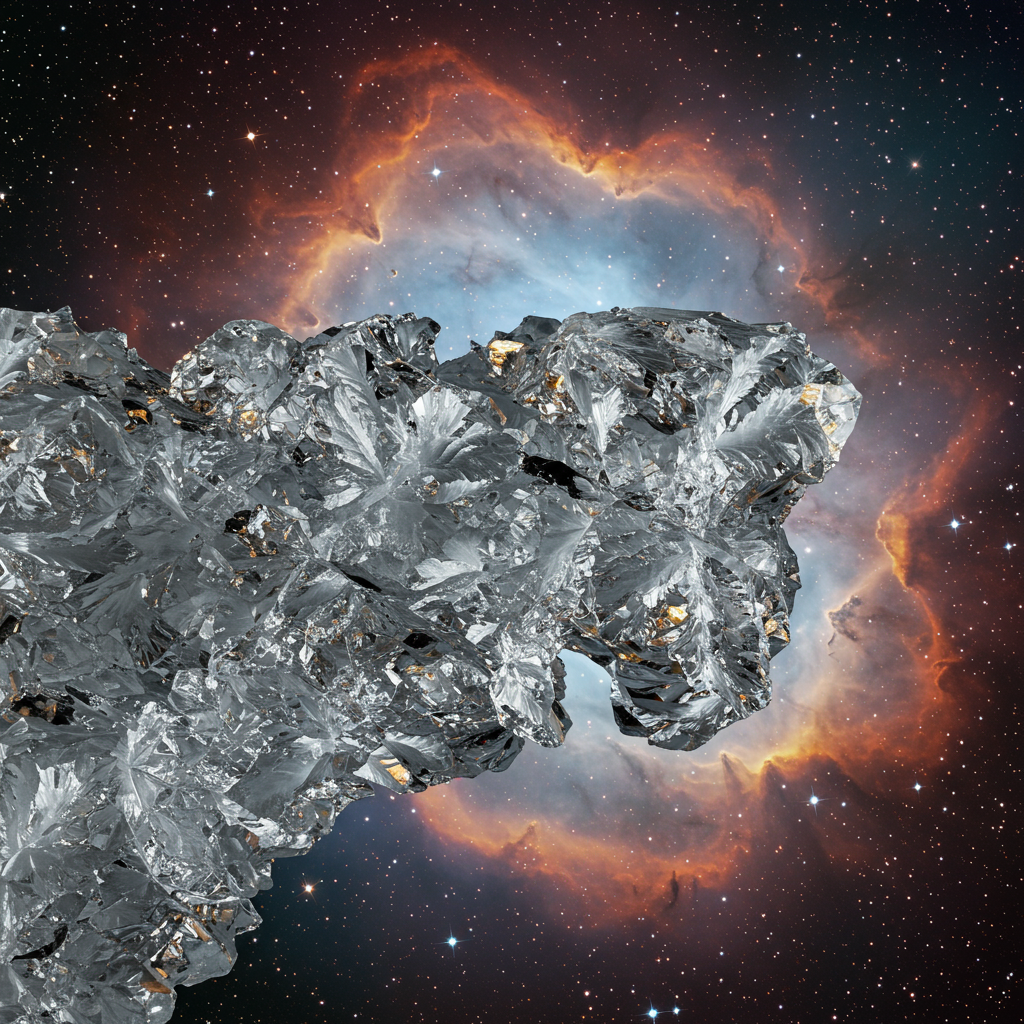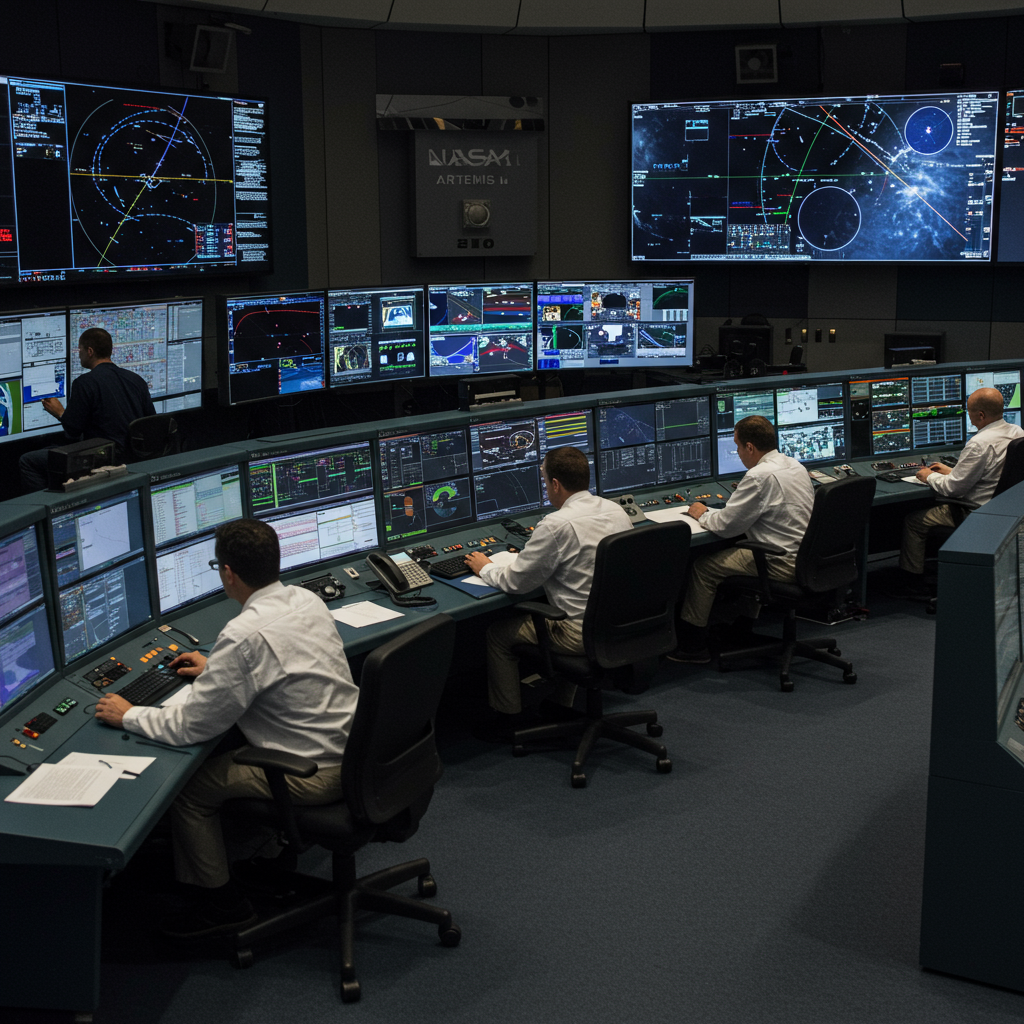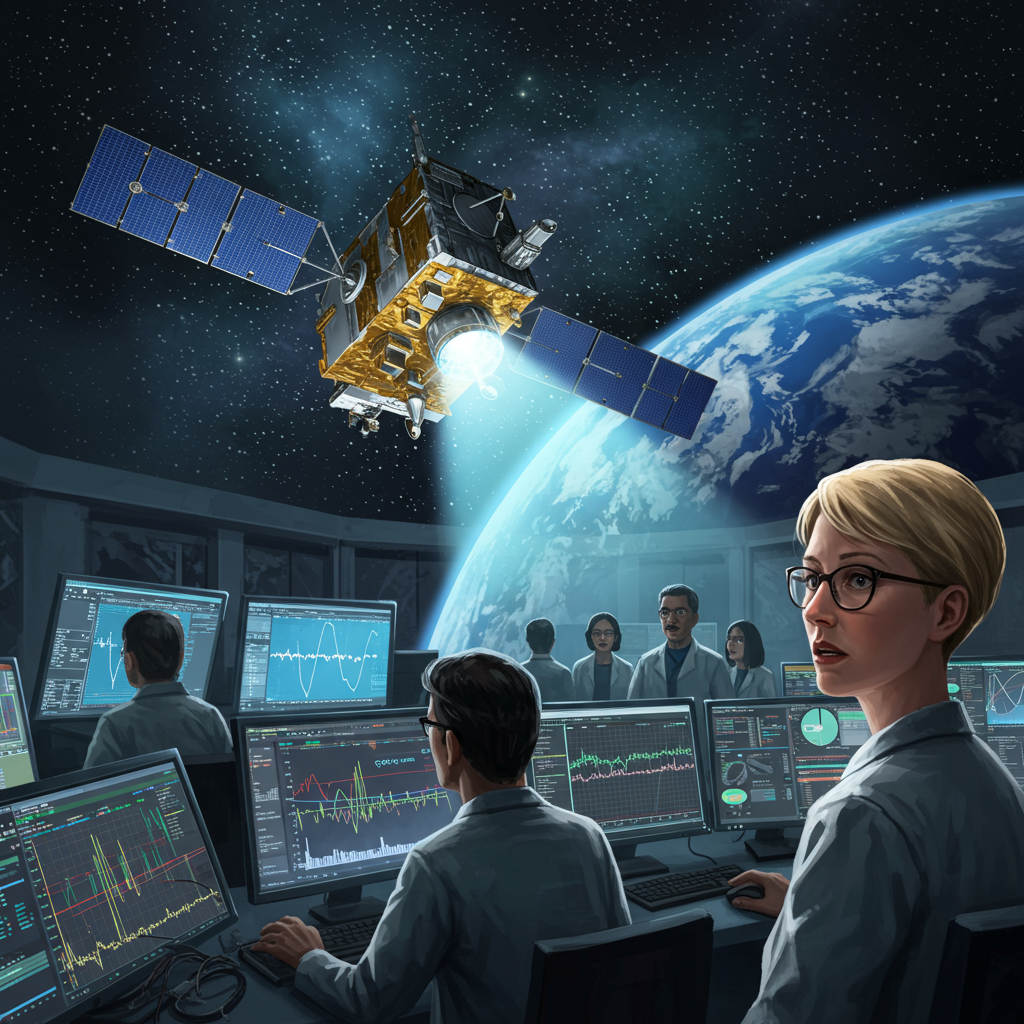The cosmos continually presents us with puzzles, and few have captivated the scientific community quite like 3I/ATLAS. This interstellar object, a voyager from beyond our solar system, has recently exhibited behavior challenging our understanding of cometary physics. At its closest approach to the Sun, known as perihelion, astronomers detected an unprecedented non-gravitational acceleration of 3I/ATLAS, fueling an intense debate among experts. Could this be a natural phenomenon, or something far more extraordinary? This article delves into the latest observations, the competing scientific theories, and what the future holds for unraveling this cosmic enigma.
Unpacking the Anomalous Acceleration of 3I/ATLAS
Recent observations of the interstellar object 3I/ATLAS have unveiled startling evidence of unexpected acceleration. According to a critical report filed by Davide Farnoccia, a navigation engineer from NASA’s Jet Propulsion Laboratory (JPL) in Pasadena, 3I/ATLAS demonstrated clear signs of non-gravitational acceleration during its perihelion passage in late October 2025. This close encounter occurred at a distance of 1.36 astronomical units (approximately 203 million kilometers) from the Sun.
The measured acceleration presented two distinct components within the object’s orbital plane. First, a radial acceleration of 135 kilometers per day squared propelled it away from the Sun. Second, a transverse acceleration of 60 kilometers per day squared was observed relative to the Sun’s direction. These precise measurements mark a significant moment in the study of interstellar objects, prompting immediate scientific scrutiny and diverse interpretations.
The Growing List of 3I/ATLAS’s Mysteries
The anomalous acceleration isn’t the sole peculiarity surrounding 3I/ATLAS. This Manhattan-sized object has amassed a list of unusual characteristics since its discovery. Observers noted a rapid and significant brightening of 3I/ATLAS, with data from STEREO, SOHO, and GOES-19 instruments showing its brightness scaling inversely with distance from the Sun to the power of -7.5 (±1). This dramatic increase in luminosity occurred as the object approached perihelion, reaching an estimated magnitude of 9.
Adding to the intrigue is the surprising observation that 3I/ATLAS appeared “bluer than the Sun” at perihelion. For a natural comet, this blue coloration is highly unexpected. Typically, scattered sunlight from cometary dust would cause a reddening effect. Furthermore, with a surface estimated to be significantly colder than the Sun’s photosphere, a natural comet would ordinarily present a redder hue. Harvard astrophysicist Avi Loeb has identified this unusual blue appearance as a “ninth anomaly” in the object’s growing list of unexpected properties, suggesting it further complicates a purely natural explanation. Earlier reports also noted an “anti-tail” (a particle jet pointing towards the Sun) and unusually close trajectories to Jupiter, Venus, and Mars, adding to its mysterious profile.
The Scientific Divide: Natural Outgassing vs. Technological Propulsion
The observed non-gravitational acceleration of 3I/ATLAS has ignited a fervent scientific debate, primarily centered around two competing hypotheses: the natural phenomenon of cometary outgassing or the more speculative possibility of artificial propulsion.
Hypothesis 1: The Comet’s “Rocket Effect”
One leading explanation attributes the acceleration to the “rocket effect” of ejected gas from the comet’s surface. As 3I/ATLAS approached the Sun, its volatile ices would sublimate, turning directly into gas. This gas ejection would create a small but sustained thrust, similar to a rocket engine. Professor Avi Loeb, a proponent of exploring unconventional explanations, calculated that for outgassing alone to account for the measured acceleration, 3I/ATLAS would need to shed a substantial portion of its mass—approximately one-tenth—over a month. This would imply a massive mass loss over a six-month evaporation half-life, which should manifest as a “large plume of gas” surrounding the object during November and December 2025. Detecting such a plume would strongly support the natural outgassing theory.
This natural explanation is championed by many in the planetary science community. Experts like Darryl Seligman, a professor at Michigan State University, assert that non-gravitational accelerations are “routinely measure[d]” in comets. He describes these as “rocket-like recoils” from comets actively losing material. Similarly, Megan Schwamb, a professor of planetary science at Queen’s University Belfast, points to the increase in sublimation rate of volatile ices as a known cause for cometary speed-ups, citing the first interstellar object 1I/’Oumuamua as a precedent whose orbital deviation was attributed to outgassing. Schwamb emphasizes that existing peer-reviewed literature analyzing 3I/ATLAS’s data consistently aligns with a natural origin, describing it as an “icy planetesimal that formed around another star.”
Hypothesis 2: A Technological Signature?
Alternatively, Professor Loeb and others have put forth a more provocative hypothesis: that the non-gravitational acceleration of 3I/ATLAS could be a “technological signature of an internal engine.” This theory suggests the object might not be a natural comet at all, but rather an extraterrestrial spacecraft or a piece of advanced technology. Loeb argues that if the predicted mass loss and gas plume are not observed in the coming months, the outgassing explanation weakens significantly, lending more credence to an artificial origin. The unexpected blue coloration, which could be explained by a “hot engine or a source of artificial light,” further supports this speculative viewpoint, contrasting with the expected reddish hue of natural cometary dust. Some interpretations have even ventured into the realm of suggesting 3I/ATLAS could be a “hostile alien probe” engaged in reconnaissance, though this remains a highly speculative and unsupported claim within the wider scientific community.
The Path Ahead: Crucial Observations and Scientific Integrity
The ongoing debate surrounding 3I/ATLAS underscores the dynamic nature of scientific inquiry. Upcoming observation windows will be critical in distinguishing between these hypotheses. ESA’s Jupiter Icy Moons Explorer (Juice) spacecraft is positioned to be among the first to potentially detect evidence of significant mass loss from 3I/ATLAS in early November 2025.
Even more promising, December 19, 2025, marks a pivotal date. On this day, 3I/ATLAS will make its closest approach to Earth, coming within 269 million kilometers. This proximity will provide an unparalleled opportunity for a vast array of instruments, including hundreds of ground-based telescopes, as well as the formidable Hubble and Webb space telescopes, to scrutinize the object in unprecedented detail. These observations aim to conclusively determine if 3I/ATLAS lost a significant fraction of its mass through the sublimation of volatile ices, or if its behavior defies conventional cometary explanations. The data collected will be paramount in either confirming its natural origins or compelling scientists to reconsider its true nature.
Professor Loeb often advocates for a fundamental principle in science: data must drive conclusions, not theoretical preconceptions. He relates an anecdote from a Harvard astrophysics luncheon, where he advised young theorists not to dismiss anomalous data simply because they lack a theoretical explanation. This lesson, he stresses, applies directly to the perplexing anomalies of 3I/ATLAS. As the scientific community awaits new data, this interstellar visitor continues to challenge our assumptions and expand our cosmic horizons.
Frequently Asked Questions
What is the “non-gravitational acceleration” observed in 3I/ATLAS?
The non-gravitational acceleration of 3I/ATLAS refers to an unexpected propulsion of the interstellar object that cannot be explained solely by the gravitational forces of the Sun and other celestial bodies. Measured at its perihelion (closest approach to the Sun), this acceleration involved two components: 135 kilometers per day squared radially away from the Sun and 60 kilometers per day squared transversely. This anomalous movement suggests an additional force acting upon the object, sparking intense scientific interest and debate.
How do scientists explain 3I/ATLAS’s unusual blue color?
3I/ATLAS displayed an unexpected blue coloration at perihelion, contrasting with the typical reddish hue of natural comets. One explanation, favored by those suggesting an artificial origin, is that it could be a “hot engine or a source of artificial light” powering the object. However, a natural explanation posits that it might be a “signature of ionized carbon monoxide” from a natural comet. This blue hue is considered a “ninth anomaly” by some researchers, as traditional comets, being cold and dusty, usually appear redder.
When will astronomers have the best opportunity to observe 3I/ATLAS more closely?
Astronomers will have a crucial opportunity to observe 3I/ATLAS more closely on December 19, 2025. On this date, the interstellar object will make its closest approach to Earth, at a separation of 269 million kilometers. This proximity will allow hundreds of ground-based telescopes, along with the advanced Hubble and Webb space telescopes, to gather detailed data. These observations are expected to provide key insights into whether 3I/ATLAS lost significant mass due to outgassing or if its anomalous behaviors suggest a different, potentially artificial, origin.




